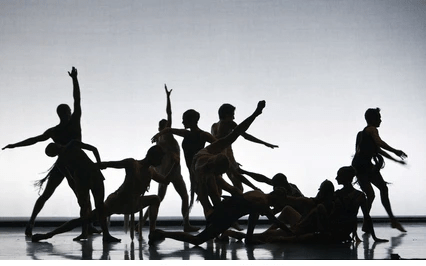
The Evolution of Performance Art in the 21st Century
Performance art, a medium that has consistently challenged conventional notions of artistic expression, has undergone significant transformations in the 21st century. From its roots in the avant-garde movements of the early 20th century to its current diverse and multifaceted forms, performance art continues to push boundaries and redefine the relationship between artist, audience, and society.
The turn of the millennium marked a pivotal moment for performance art. As digital technologies became increasingly ubiquitous, artists began to incorporate these new tools into their performances. Live-streaming, virtual reality, and interactive digital interfaces opened up new possibilities for engagement and expanded the reach of performances beyond physical spaces.
One of the most notable developments in 21st-century performance art is the blurring of lines between disciplines. Artists are increasingly combining elements of theater, dance, music, visual art, and technology to create immersive, multisensory experiences. This interdisciplinary approach reflects the complex, interconnected nature of contemporary life and allows for more nuanced explorations of themes and ideas.
The rise of social media has also had a profound impact on performance art. Platforms like Instagram, TikTok, and YouTube have become stages for a new generation of performance artists, democratizing access to audiences and challenging traditional notions of artistic spaces. These digital platforms have also given rise to new forms of performance art, such as durational performances that unfold over days or weeks through regular social media updates.
Political and social activism has always been a significant aspect of performance art, and this has intensified in the 21st century. Artists are using their bodies and actions to address pressing issues such as climate change, racial injustice, gender equality, and political oppression. These performances often blur the line between art and activism, challenging viewers to engage with difficult topics and inspiring social change.
The concept of audience participation has evolved significantly in contemporary performance art. Many artists now create works that require active engagement from viewers, transforming them from passive observers to co-creators of the piece. This shift reflects broader cultural trends towards interactivity and personalization, as well as a desire to break down traditional barriers between artist and audience.
The global nature of the 21st-century art world has led to a cross-pollination of performance art traditions from different cultures. Artists are drawing inspiration from diverse cultural practices, rituals, and traditions, creating works that reflect our increasingly interconnected world. This global exchange has enriched the vocabulary of performance art and fostered greater cultural understanding.
The COVID-19 pandemic has had a significant impact on performance art, forcing artists to adapt to new realities of social distancing and limited physical gatherings. This challenge has sparked innovation, with many artists exploring virtual and remote performance formats. While born out of necessity, these new approaches have opened up exciting possibilities for the future of performance art in a digital age.
The role of the body in performance art has also evolved. While the artist's physical presence remains central to many performances, there's been an increased exploration of the posthuman body. Artists are using prosthetics, robotics, and digital avatars to extend and challenge the limits of the human form, reflecting on themes of identity, technology, and the nature of embodiment in the digital age.
As we look to the future, performance art is likely to continue evolving in response to technological advancements and societal changes. The integration of artificial intelligence, biotechnology, and augmented reality into performances is already beginning to emerge, promising new frontiers for artistic expression and audience engagement. Whatever forms it takes, performance art will undoubtedly remain a vital and provocative medium for exploring the human experience in all its complexity.